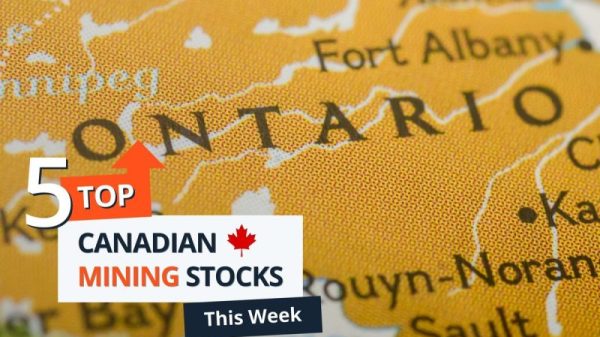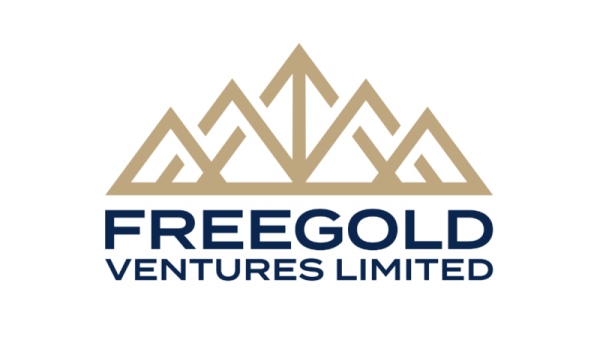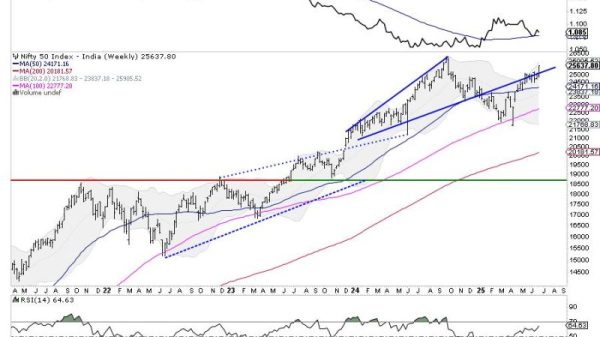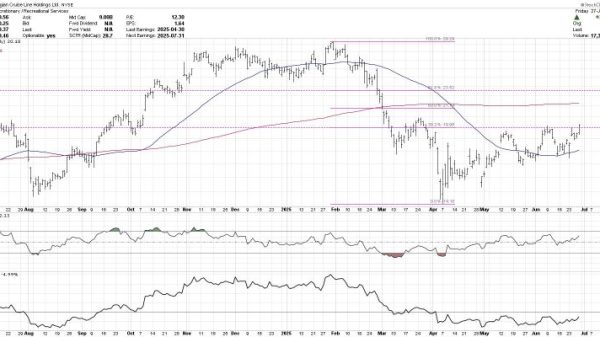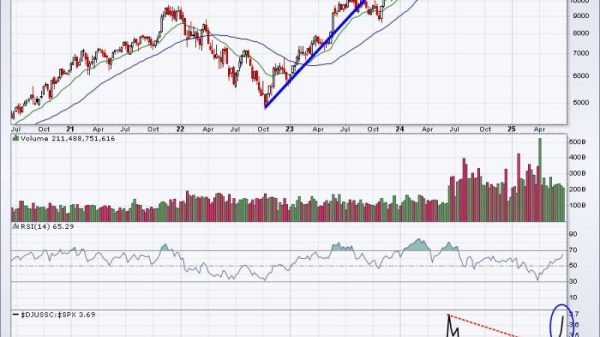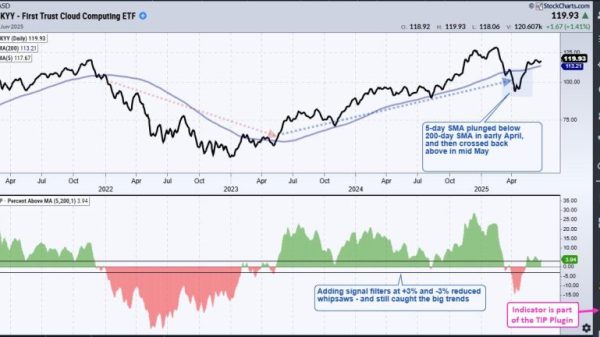

While lead production figures are helpful in tracking year-to-year activity, lead reserves provide a longer-term picture of which nations are best positioned to dominate the lead market in the future.
These reserves reflect the volume of economically recoverable lead available in each country — a critical factor in global supply chains, especially amid tightening environmental regulations and rising demand for energy storage.
Top lead reserves by country
According to the US Geological Survey, global lead reserves total around 96,000 metric tons. Here’s a look at the top 5 countries with the largest lead reserves, and what’s shaping their role in the market today.
1. Australia
Lead reserves: 35 million metric tons
Australia remains the undisputed global leader in lead reserves with an estimated 35 million metric tons, meaning the nation holds over one third of the world’s lead reserves.
The country also holds vast deposits of zinc and silver, with many polymetallic operations supporting lead output. The Northern Territory and Queensland are home to many of those mines, as well as lead exploration.
Despite flat year-on-year production, Australia remains one of the world’s top producers at 430,000 metric tons, thanks in part to efficient mining operations and strong regulatory frameworks. Most of Australia’s lead output is exported in concentrate form.
2. China
Lead reserves: 22 million metric tons
China boasts the world’s second-largest lead reserves at 22 million metric tons, and it is the world’s largest producer and consumer of lead. However, its lead output slightly declined in 2024 to 1.9 million metric tons amid broader mining reforms and tightening environmental restrictions aimed at curbing pollution.
According to a February 2024 report from the International Lead and Zinc Study Group, China boosted its lead concentrate imports by 9.6 percent in 2024 compared to 2023, bringing in a total of 712,000 metric tons.
3. Russia
Lead reserves: 8.9 million metric tons
Russia ranks third in lead reserves, with 8.9 million metric tons — up from estimates in past years. Production has remained relatively stable, coming in at 220,000 metric tons in 2024, and the country continues to benefit from its vast resource base in Siberia and the Far East.
Given mounting geopolitical tensions and Western sanctions, Russia has sought to strengthen resource independence by prioritizing internal demand and increasing ties with aligned economies. Lead plays a smaller but still strategic role in the country’s mining sector, particularly as a byproduct of polymetallic ore operations.
4. Mexico
Lead reserves: 5.6 million metric tons
Mexico is a major producer of silver and zinc, and lead often comes as a byproduct of those mining operations. The country holds the fourth-largest lead reserves globally at 5.6 million metric tons.
With its mining industry deeply integrated into global supply chains, Mexico is an essential exporter to both North American and Asian markets. The country produced 180,000 metric tons in 2024.
5. Peru
Lead reserves: 5 million metric tons
Rounding out the top five is Peru, a country known for its rich base metal deposits. With 5 million metric tons in lead reserves and a robust annual output of 270,000 metric tons in 2024, Peru remains a pillar of Latin American lead supply.
Other countries with notable lead reserves
While the top five countries above dominate the global reserve landscape, several other nations also hold substantial lead resources:
- United States – 4.6 million metric tons
- Iran – 2 million metric tons
- India – 1.9 million metric tons
- Sweden – 1.7 million metric tons
- Turkey – 1.6 million metric tons
- Bolivia – 1.6 million metric tons
Lead market outlook
Lead demand may be shifting with the rise of substitutes and regulatory changes, but the metal remains vital in energy storage, automotive batteries, radiation shielding and electronics. Countries with large lead reserves are not only crucial today — they are also strategically positioned to shape the future of global resource security.
The lead market in 2024 experienced notable volatility. Prices began the year strong and surged to a high of US$2,343 per metric ton in late May, but then retreated and fluctuated within a narrow range of US$1,950 to US$2,150 per MT.
By the end of the year, prices were down 2.4 percent year-to-date. Analysts attribute the swings to tightening regulations in China, reduced supply and global economic uncertainties.
Global demand for refined lead is expected to rise by 1.9 percent in 2025 to 13.39 million metric tons. Growth will be driven by increased consumption in India and Vietnam, and recovering demand in Europe and Mexico. The EV market remains a crucial new demand vector, with lead-acid batteries still widely used for onboard systems.
Securities Disclosure: I, Giann Liguid, hold no direct investment interest in any company mentioned in this article.






